
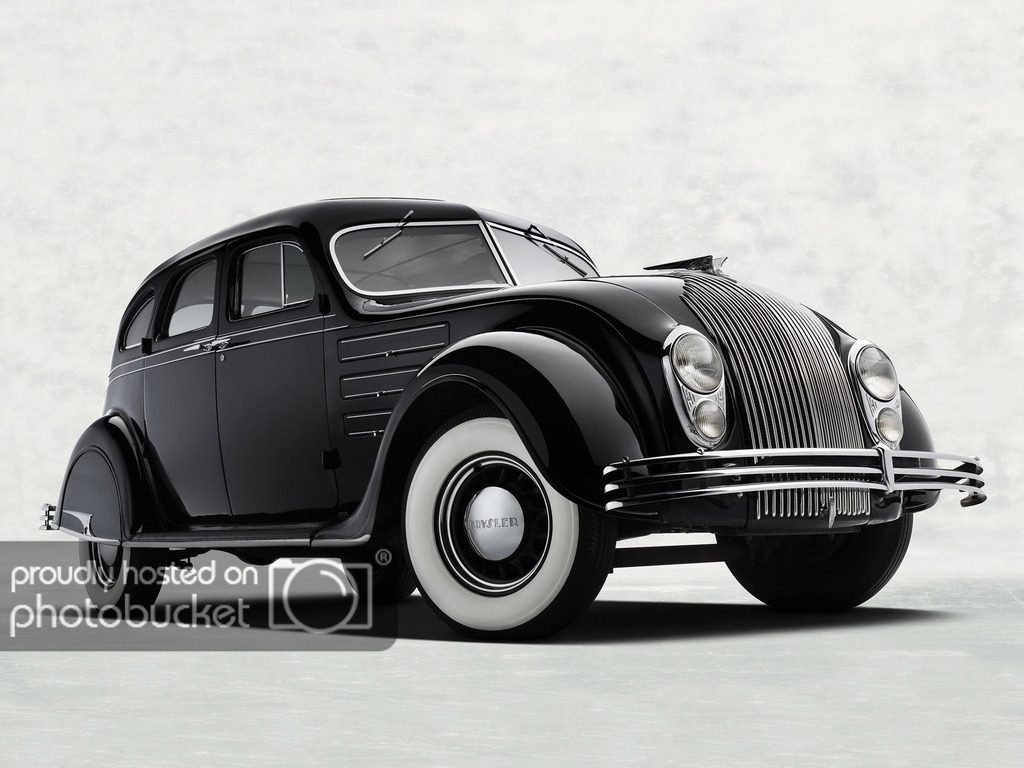
Overview
The Chrysler Airflow - "an Art Deco blast from the Great Depression" - was produced by Chrysler from 1934 to 1937. The Airflow was the first full-size American production car to use streamlining as a basis for building a sleeker automobile, one less susceptible to air resistance.
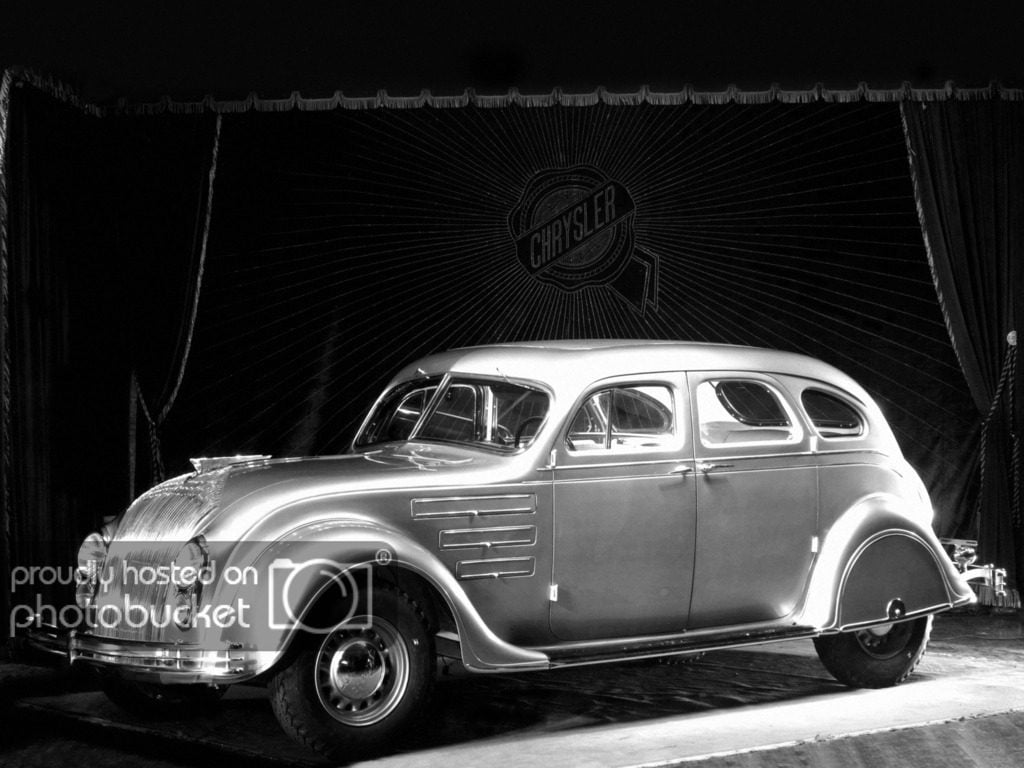
Aerodynamics
Slippery shapes are taken for granted today with automakers pushing to reduce the aerodynamic drag of their vehicles to improve fuel efficiency. Every new car sold today has been specially massaged to slice through the wind, but that wasn’t the case back in the ’30s.
Unlike its contemporary competition, the Airflow’s shape was actually proven in the wind tunnel. Chrysler wasn’t necessarily the first to do this, but at the time it was seriously innovative for a mass-produced passenger car. Airflow was the fastest closed stock car of its time and holds 72 AAA-sanctioned speed records.
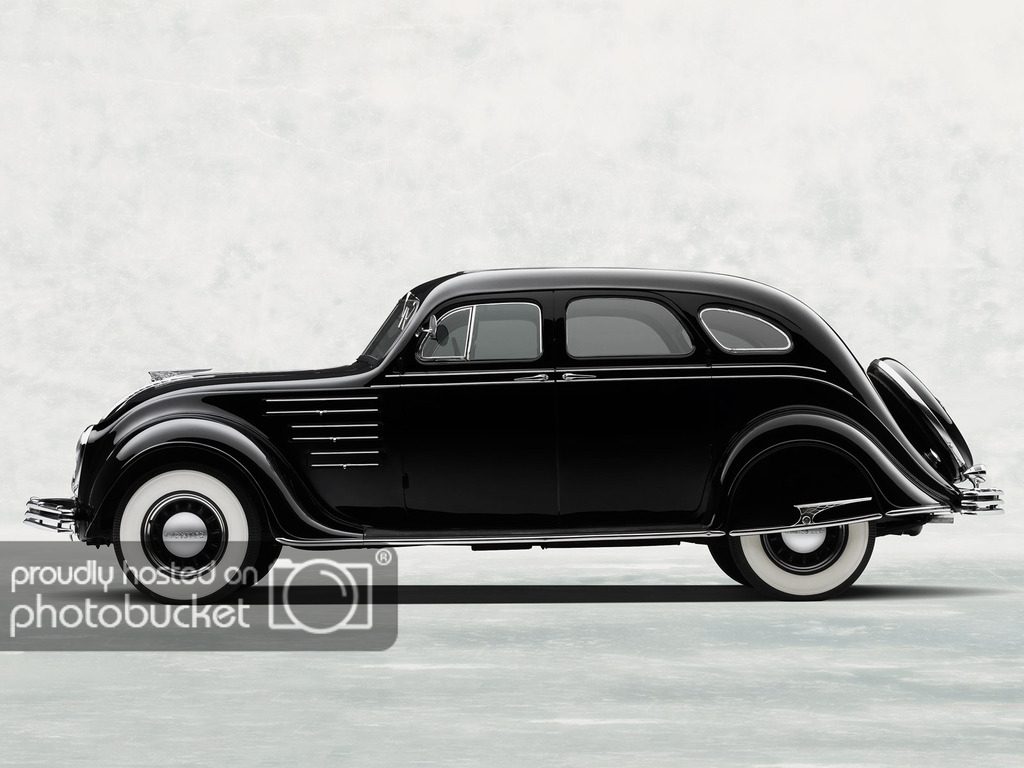
Engineering innovations
Beyond aero, the Airflow was pioneering in other ways as well.
It's chassis was based upon aircraft construction principles, which made it light and strong. The engine was positioned directly over the front axle, resulting in a remarkably roomy and comfortable passenger compartment, as well as a very smooth ride. It also came standard with hydraulic brakes, which were safer than their mechanical counterparts, and it delivered a velvety-smooth ride for its time. Chrysler had “cab-forward design” long before it started pushing the idea with its LH cars in the 1990s. All that made it a car way ahead of its time.
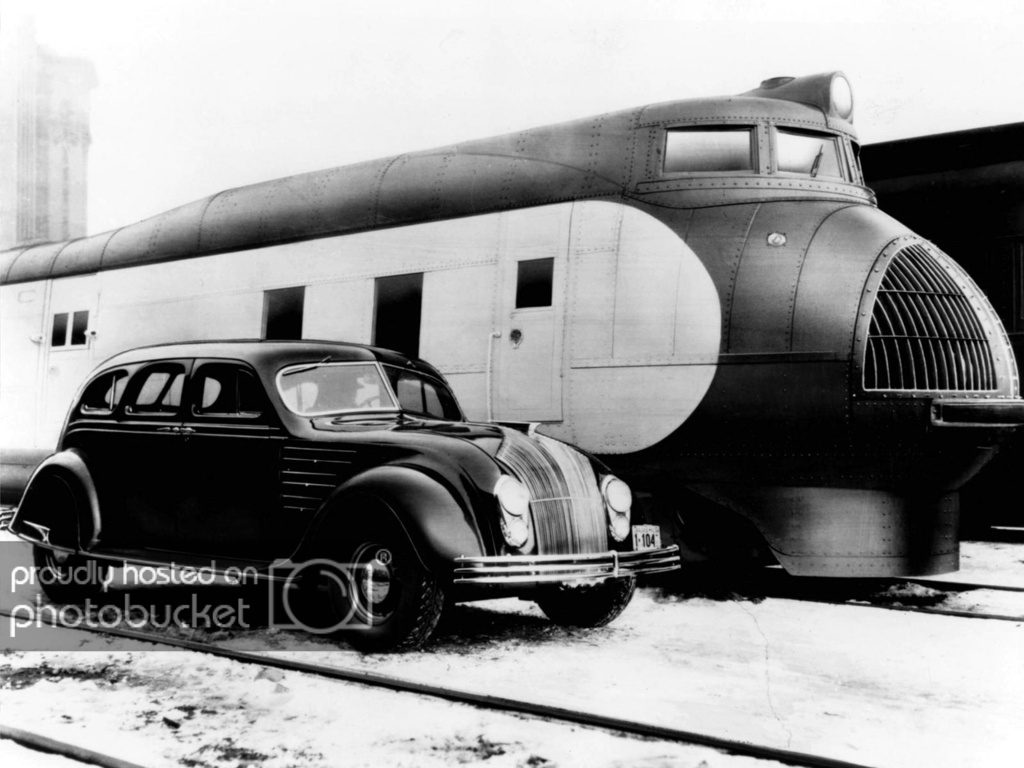
Public reaction, sales and Depression
Released at the height of the Great Depression, however, the car had a sleek design that was too different for consumers, who continued to flock to boxier models. Stung by the lack of consumer interest in the car, Chrysler responded by making modifications to the body that brought the front of the car more in line with mass-public taste. From 1935 to 1937 the appearance of the car changed significantly (and not to the better side...) to please stubborn conservative customer, but that didn't help much. The story was over by ‘37, a painfully short run for such a distinctive and innovative auto. And while many of the Airflow's innovations eventually became industry standards, its disappointing sales provoked Chrysler to adopt a more conservative approach for the next two decades.
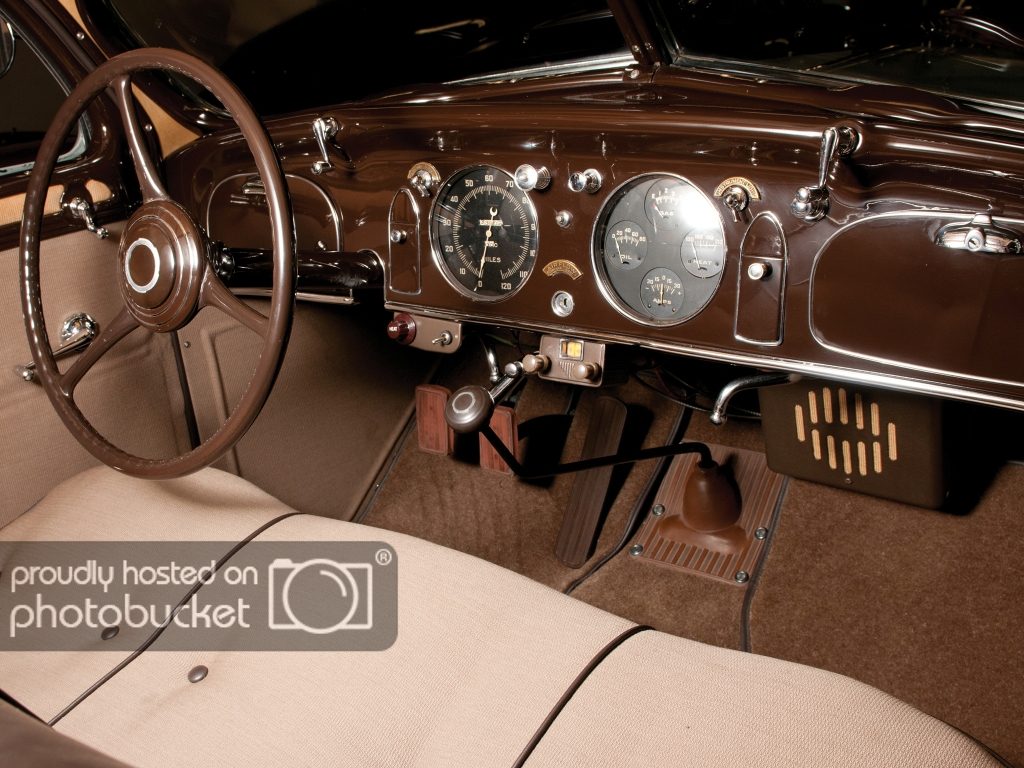
Legacy - the Airflow of time
Though the initial introduction of the Airflow in 1934 was met with resistance from the general public, the vehicle left a lasting impression on the auto industry.
-The Airflow was the inspiration for Claes Oldenburg's print/sculpture "Profile Airflow", featuring a lithograph of the car beneath a superimposed aquamarine resin relief. "Profile Airflow" is especially significant because it revolutionized the idea of a print, expanding it to include serialized sculpture.
-Kiichiro Toyoda bought an Airflow and disassembled it the year before producing the A1 - the first prototype passenger car built by the company that became Toyota. It was redesigned and put into production as Toyota's first production cars, the AA sedan and the AB cabriolet.
-It is even rumored that Ferdinand Porsche imported an early Airflow coupe into Germany, and using this model for "inspiration", designed the first Volkswagen Beetle. True or false - no man can tell.
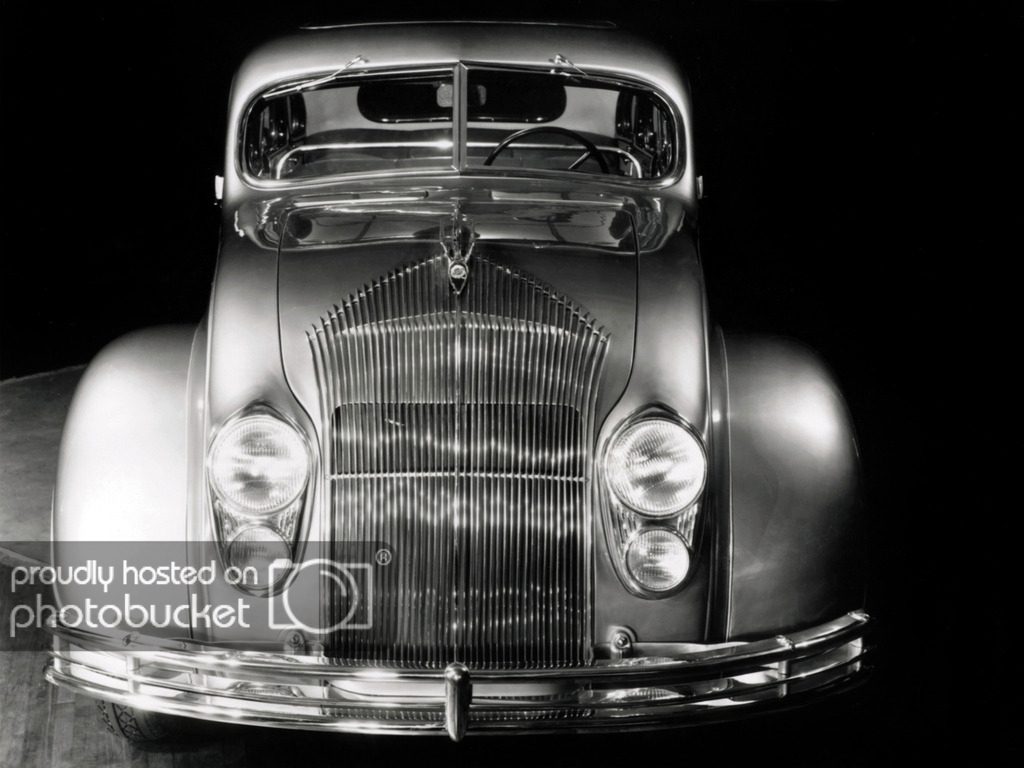
Specifications:
Layout - FR; Cylinders - Straight 8; Aspiration - N/A; Displacement - 5301 cc; Max. power - 122 hp; Max. torque - no info; Transmission - 3 (4 later) speed manual; Weight - 1830 kg.
0-100km/h - no info; Max. speed - 145 km/h (90 mph). (Airflow CV Imperial coupe set more than 70 production car speed records at Bonneville in mid-1934, hitting 154.1 km/h (95.7 mph))
Notable appearances in video games:
Mafia: The City of Lost Heaven (as Ulver Airstream)
L.A. Noire
Links:
http://en.wikipedia.org/wiki/Chrysler_Airflow
http://www.chryslerhistory.com/Innovation/Content.aspx?topic=The-Airflow-future
http://www.autoguide.com/auto-news/2012/11/top-10-most-important-cars-of-all-time.html/3
http://www.boldride.com/ride/1934/chrysler-airflow-8-cu-coupe
http://ateupwithmotor.com/model-histories/chrysler-desoto-airflow-history/
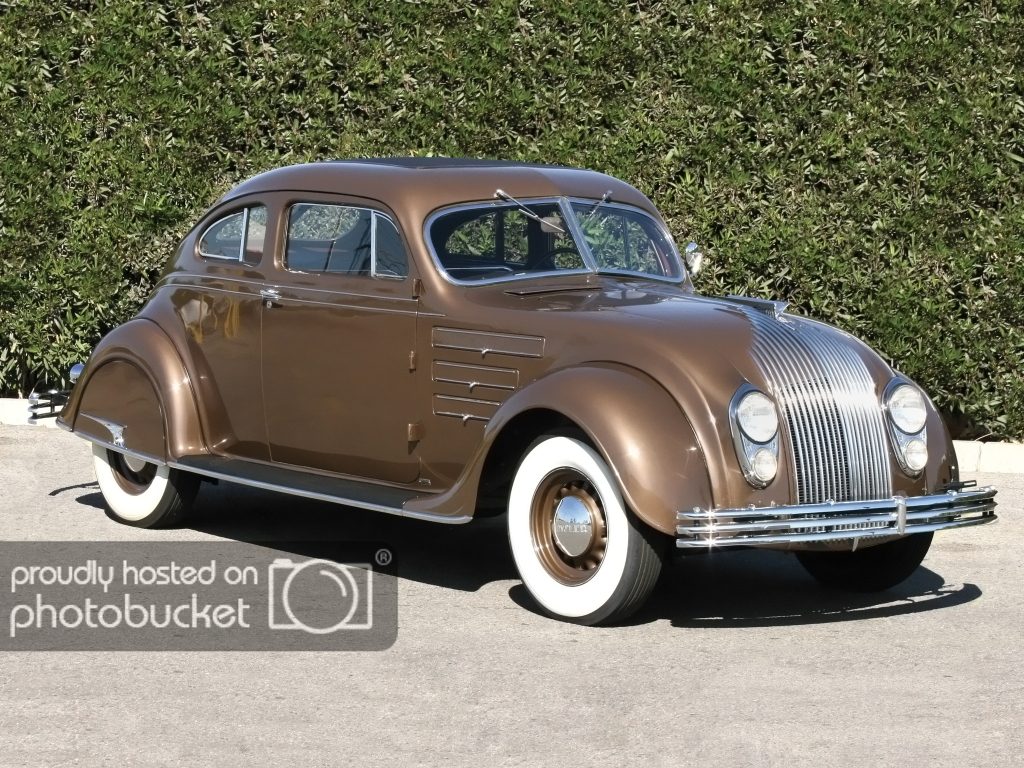
Competition/same era cars suggestions:
BMW 328 Roadster 1938 , Bugatti Type 55 SuperSport Roadster 1932 , Chrysler Airflow Eight 1934 , Cord 812 Supercharged 1937 , Duesenberg Model J Supercharged version (SJ) 1932 , Duesenberg SSJ 1935 , Rolls Royce Phantom I Jonckheere Aerodynamic Coupe 1935
____________________________________________________________
P.S.
I honestly think that driving games like Gran Turismo should have more historically important and significant automobiles, even if they are not as fast as modern day supercars. One can have great pleasure driving older cars with rich history and heritage.
I tried to gather information from different sources and I hope it would be interesting to read. Either way, I encourage you to learn a little bit more about this piece of automobile history.
Last edited:

